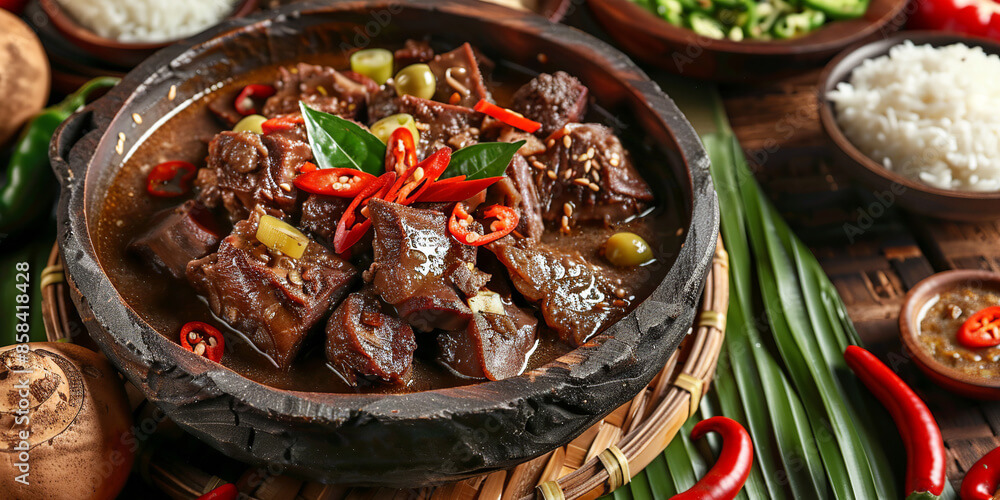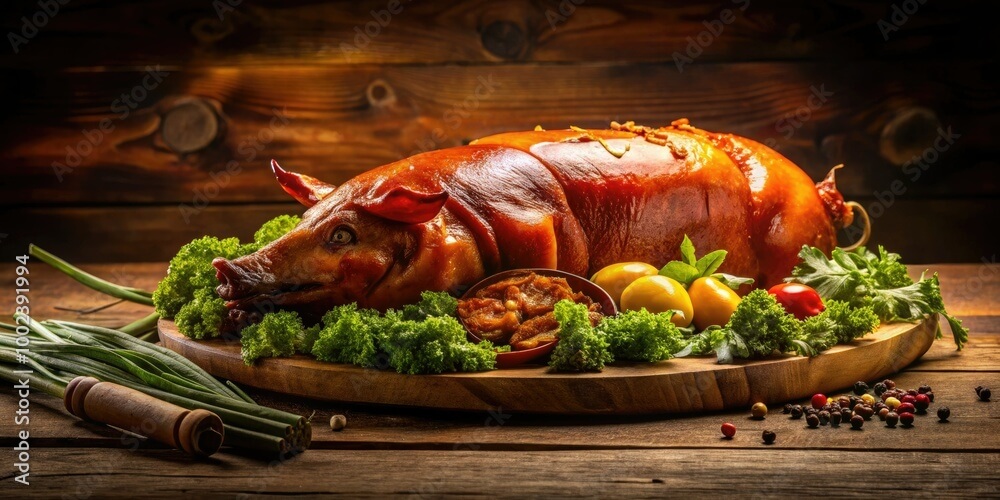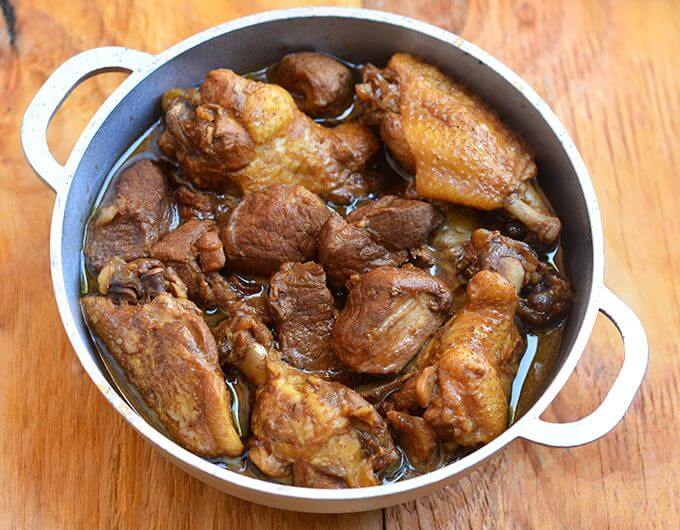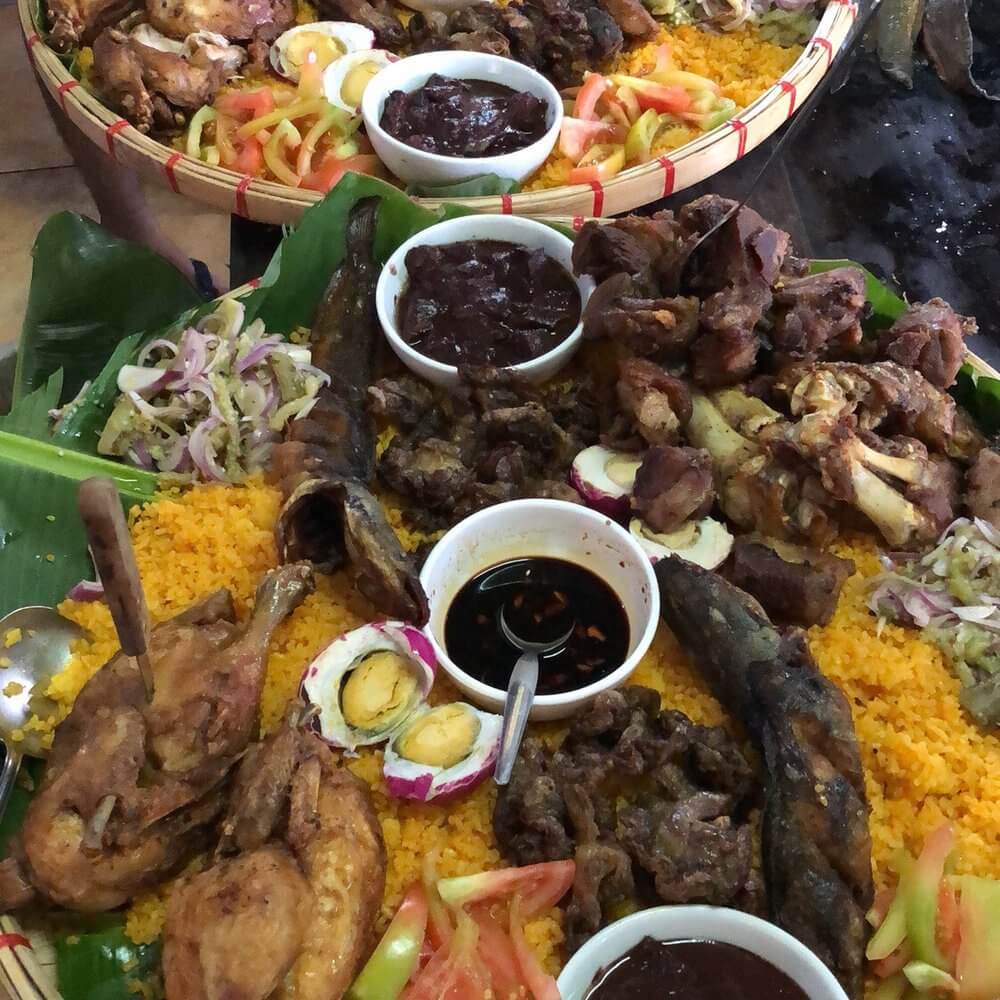Culinary Delights of the Philippines
Embark on a gastronomic journey through the best Filipino regional cuisine, where flavors and aromas dance harmoniously to tantalize taste buds. Filipino cuisine is a delightful fusion of various cultural influences, resulting in a diverse and vibrant culinary landscape that appeals to food enthusiasts worldwide.
Introduction to Filipino Cuisine
When it comes to traditional Filipino dishes, one can expect a symphony of flavors that reflect the rich history and cultural diversity of the Philippines. Filipino cuisine is renowned for its spice-packed and flavorful dishes that have been influenced over thousands of years by various countries that occupied the Philippines. From the Chinese introduction of soy sauce to the Spanish impact of tomatoes and garlic, Filipino cuisine is a melting pot of culinary influences. The use of indigenous Filipino ingredients like coconut, calamansi, and fish sauce adds a unique twist to every dish, creating a gastronomic experience like no other.
Historical Influences on Filipino Cuisine
Over centuries, the Philippines has been a melting pot of culinary traditions, incorporating elements from Indonesian/Malaysian, Chinese, Spanish/Mexican, and American food cultures. Traders, merchants, travelers, and colonizers passing through the Philippines have left their mark on local food traditions, resulting in a diverse and eclectic array of dishes that cater to a wide range of palates.
The Spanish influence on Filipino cuisine is evident in dishes like pochero, a slow-cooked stew with a flavor base of sautéed garlic, onions, tomatoes, meat, chorizo, carrots, potatoes, and local greens. The use of garlic, onion, and tomato forms the foundation of many Filipino recipes, adding depth and richness to the dishes.
On the other hand, the American impact on Filipino cuisine introduced convenience and innovation, with canned foods and fast food becoming popular additions to the local diet. Staples like Spam, introduced during World War II, became a mainstay in Filipino breakfasts. The creativity spurred by tomato shortages during the war led to the invention of banana ketchup, a sweet and flavorful condiment that has become a favorite among locals.
In the realm of desserts, Halo-Halo reigns supreme as a beloved treat enjoyed by both locals and tourists. This refreshing dessert features a delightful mix of crushed ice, nata de coco, beans, sago pearls, sweetened fruits, coconut, purple yam, and more, all topped with milk for a luscious finish.
The culinary journey through Filipino cuisine is a delightful exploration of flavors, textures, and history, offering a unique insight into the vibrant and diverse food culture of the Philippines. From savory stews to sweet delicacies, Filipino cuisine is a celebration of culinary craftsmanship that continues to captivate and inspire food lovers around the globe.

Photo by Adobe Stock
Regional Gastronomic Adventures
Embark on a culinary journey through the diverse flavors of the Philippines with a visit to two distinct regions offering a tantalizing array of dishes: Cagayan Valley and Bicol Region Cuisine, and Western Visayas and Central Visayas Delicacies.
Cagayan Valley and Bicol Region Cuisine
In Cagayan Valley, satisfy your noodle cravings with two iconic dishes: pancit cabagan and pancit batil patung (Buzzfeed). These stir-fried noodle delicacies are a must-try for any food enthusiast. Pancit cabagan is traditionally adorned with quail eggs and lechon carajay, while pancit batil patung boasts a topping of carabeef, poached egg, and pork liver.
Venture further south to the Bicol Region, where the cuisine will undoubtedly test your spice tolerance. Indulge in the fiery flavors of laing, made from taro leaves simmered in rich coconut milk, and Bicol Express, a delectable combination of pork and chili in a creamy coconut sauce (Buzzfeed). The Bicolanos’ love for chili and coconut milk shines through in these traditional dishes, offering a harmonious blend of heat and creaminess.
Western Visayas and Central Visayas Delicacies
Head over to Western Visayas and treat your taste buds to a fusion of flavors that will leave you craving more. Indulge in the unique taste of mango pizza, a local delight from Guimaras, alongside savory dishes such as binakol, inasal, and La Paz batchoy. The vibrant mix of sweet and savory in these dishes showcases the region’s culinary diversity and creativity.
In Central Visayas, immerse yourself in the famed lechon, a succulent roasted suckling pig that promises a burst of flavors with each bite. Accompany your lechon with puso, a unique serving of rice intricately packed in woven coconut leaves, adding a touch of novelty to your dining experience.
Exploring the regional gastronomic wonders of the Philippines is not just a feast for the taste buds but a celebration of the rich culinary heritage that defines each locality. From noodles to spicy stews, local delights to savory roasts, each region offers a unique gastronomic adventure waiting to be savored. Get ready to experience the best of Filipino regional cuisine and embark on a flavorful journey that will leave you craving more.
Share this post: on Twitter on Facebook



